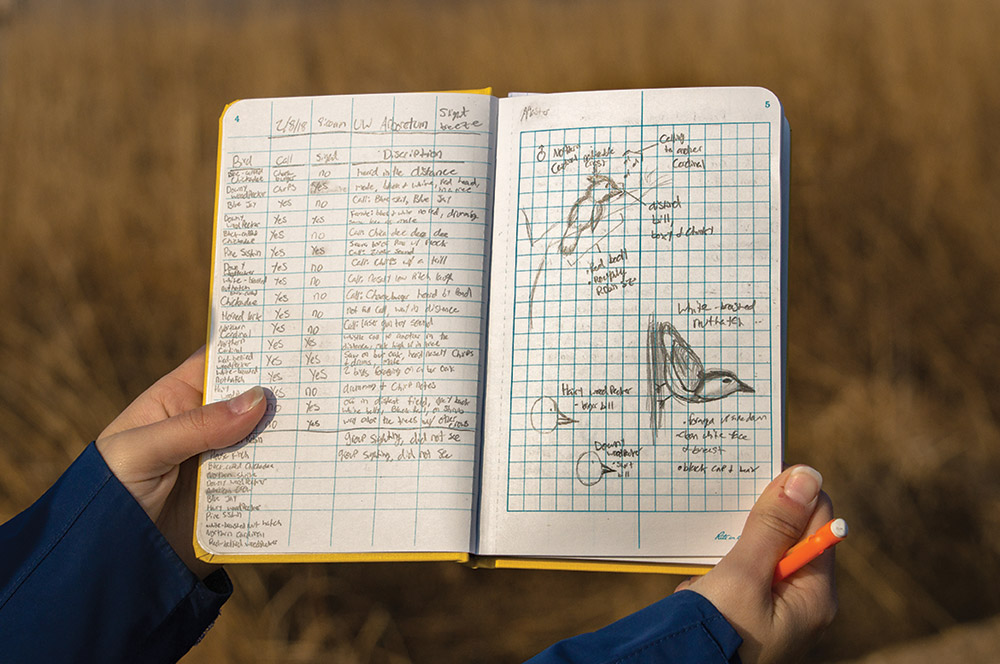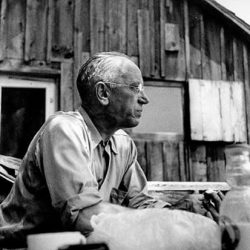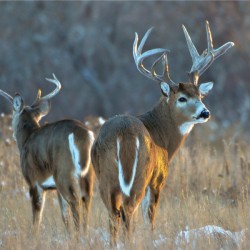For the Birds
Nomen est omen, said the ancient Romans, who liked their maxims to rhyme: one’s name is one’s destiny. And while there’s little empirical evidence about this aphorism, put Anna Pidgeon PhD’00 down on the side of support. The professor with the columbiform name has taught Birds of Southern Wisconsin for the last three years.
“I get a bit of office guff,” she says.
Birds of Southern Wisconsin is offered each spring, and most of its students are undergrads studying biology or wildlife ecology. In addition to class work, students take field trips around Dane County and southern Wisconsin on Saturdays through the semester. By the course’s end, students are expected to be able to identify 235 bird species by sight and 145 species by sound alone.
Pidgeon says students also discover how Wisconsin’s landscape is changing. From the 1850s to the 1950s, logging cleared away a lot of the state’s forests, sending arboreal birds into retreat. But in the last 60 years, the forests have been returning; forest and urban birds have returned, while grassland birds are in decline.
Published in the Winter 2018 issue




Comments
No comments posted yet.